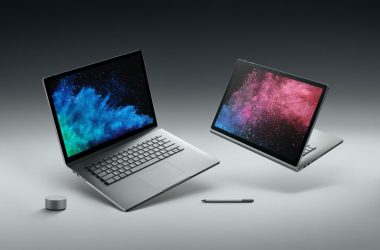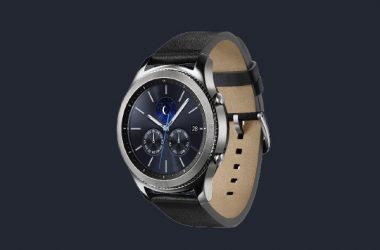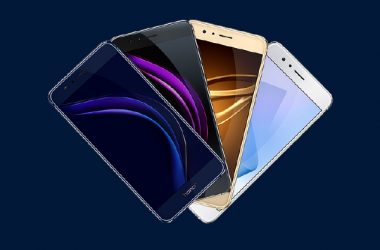 At a Glance
At a Glance
Droid Bionic
Motorola Mobility
Price: $299.99 (with two-year contract at Verizon Wireless)
Pros: Slim and lightweight, fast performance, 4G connectivity
Cons: High price, short battery life
The Droid Bionic, the latest top-of-the-line Android phone from Motorola Mobility and Verizon Wireless ($300 with a two-year plan), is more of everything. The paradox — which we discovered after working with the phone for a week — is that all that more winds up being somewhat less.
It’s impossible, as usual, to complain about the quality of Motorola’s hardware. The Bionic, at 2.6 x 5.0 x 0.4 in. and 5.6 oz., is about the same size and weight as the Droid X and X2, and slimmer than most other LTE phones.
We found the 4.3-inch display to be bright enough for outdoors, although you wouldn’t brag about the quality of a movie in full daylight.
The four Android function buttons along the bottom are targets on the glass, not actual buttons. Volume keys are on the right edge, power and headphone on the top, USB and HDMI ports on the left.
There are cameras on the back and front — the one on the back is an impressive 8 megapixels; it can take 1080p movies. The front-facing camera is a standard 480 x 640 VGA.
All good, all befitting a smartphone that boasts a high-end Android build: version 2.3.4, Gingerbread.
What’s fresh about the Bionic is that it’s running a 1 GHz dual-core processor and connects to Verizon’s 4G LTE network. As with all other LTE phones, the Bionic’s connectivity rocks, and it now has a processor that can keep up.
The Bionic can also act as a mobile hotspot for up to five devices. And like its cousin, AT&T’s Motorola Atrix 4G, the Bionic can hook up to a variety of accessories, including a “lapdock” that turns it into a netbook. (Pricing for the Bionic’s lapdock was not available when I wrote this.)
Motorola Mobility has also made some interesting tweaks to the vanilla Android UI, raising the specter that some of them might find their way into later revisions from Motorola’s new corporate master, Google. The main Home screen now has four user-configurable speed-dial targets; texting and camera apps now appear on the bottom of every Home screen. Motorola appears to be rolling out that interface to other phones through updates.
Perhaps more consequentially, you can now organide your installed apps by groups; you can show a menu of just your games, just your core apps, just your social apps, whatever. It’s quite convenient, and better than its iOS counterpart functionality.
As far as basic functionality goes, calls sounded good and camera quality was generally OK, though like any other phone camera, no one would mistake it for a digital SLR.
A hot smartphone — literally
It all sounds very hot. And heat was the first indication that something was amiss. After an hour or so of use, it became apparent that the Bionic could very nearly warm a small cabin on a cold night.
But not for very long, which is the real problem. Android phones are rarely lauded for long battery life. Similarly, LTE radios gulp power. Even with its sizable 1736 mAh battery, the Droid Bionic didn’t come close to lasting a standard business day. In a couple of cases, it didn’t make it to the four-hour mark, and that wasn’t under particularly heavy demand. Turning on the hotspot, I imagine, would have sucked the phone dry.
On giving the phone to a corporate Blackberry lover we found that while she complained for a couple of days while she got used to the on-screen keyboard (she ended up preferring the Swype option — which I also find faster and easier to use — to the standard Android keyboard). She was coming around to accept and even enjoy Android’s flexibility and interface, most particularly the Google syncing — in fact, it wasn’t that easy to pry the Bionic away from her. But, especially for a business user, the short battery life was a sale-killer.
Even for $299 with a two-year contract, there’s an awful lot to like about the Droid Bionic: great performance, a fine display, access to Verizon’s LTE network and the ability to act as a mobile hotspot. But if you get this phone, get used to carrying a spare battery or two, or turn off the 4G radio to save power. With the Droid Bionic, power management will be a fact of life — you’ll need to choose either full-time 4G data or a full day of everything else.





